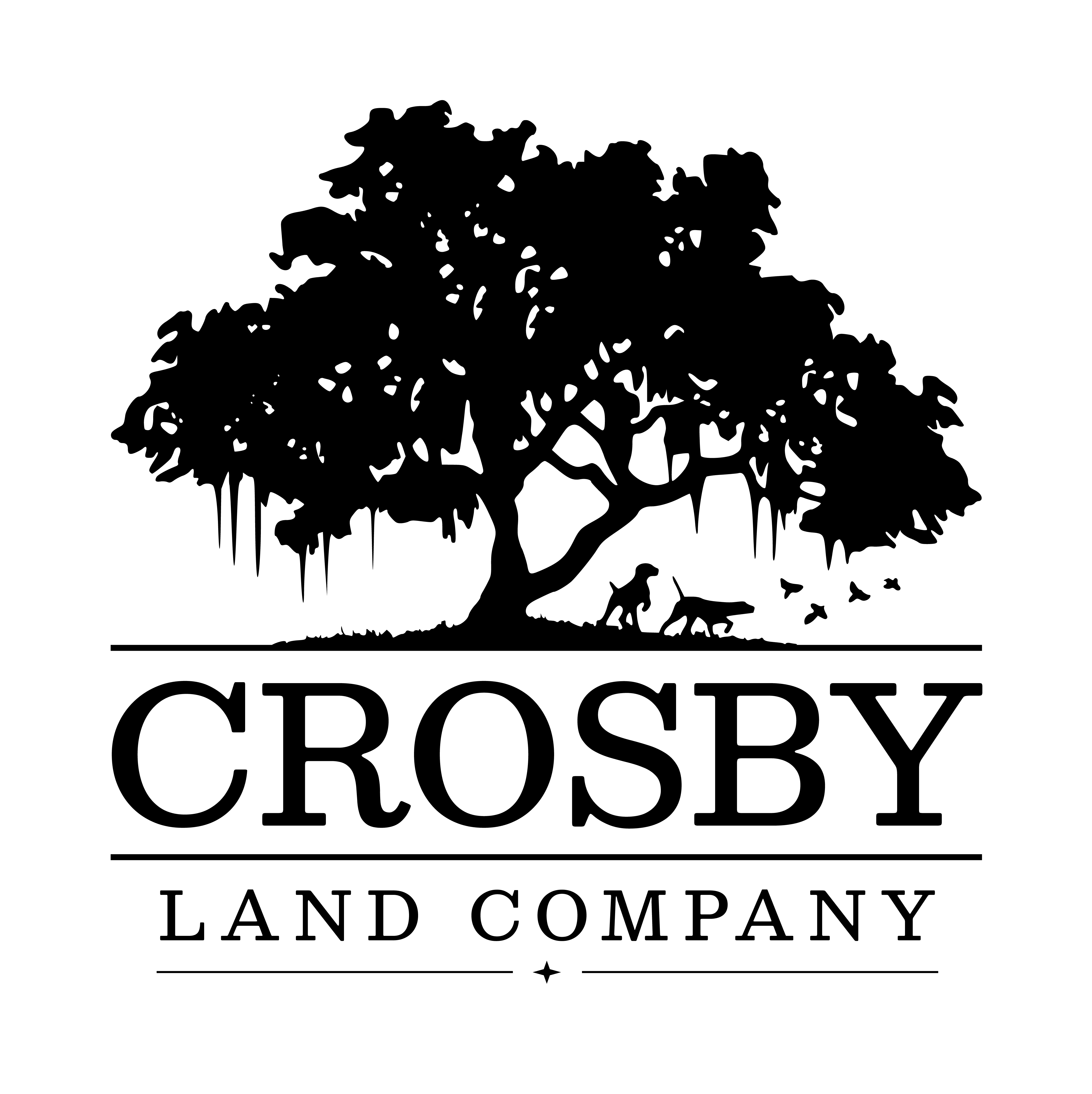
Ask Todd Crosby
Poco Sabo Plantation
Description
Poco Sabo Plantation is a historic rice plantation, a hunting preserve, a private home, and a wildlife refuge in South Carolina's coastal plain. Situated on the Ashepoo River in Colleton County and compromising approximately 1,640 acres, Poco Sabo is a place of recreation, modern land management, and nature conservation. The plantation contains a great variety of plant and animal habitats, well-regulated historic rice fields, pecan orchards, cultivated agricultural fields, and managed forests.
The plantation is one of the original components of the Ashepoo-Combahee-Edisto (ACE) Basin, an innovative conservation program managed by The Nature Conservancy, Ducks Unlimited, various land trusts, and corporate and private land landowners. The consortium works to preserve this refuge from the stresses and dangers of life in the twenty-first century. Encompassing nearly 350,000 acres, the ACE Basin is the largest estuarine wildlife preserve on the Atlantic coast.
Moore, Alexander. Poco Sabo Plantation "A Place in Time", 2005.
Historical Description
The name "Poco Sabo'' originated from the native Indian tribes that settled along the Coastal Plain of South Carolina in 1686. Due to unrest between the Spanish and early settlers at Stuart Town near Port Royal, the Yemassee Indians moved several settlements to the upper reaches of the Ashepoo River. Several villages including Ocute, Tascagy, Chechessee, and Poco Sabo were clustered near present-day Poco Sabo Plantation. By 1715, most of these villages had been abandoned but their names remained on creeks, islands, and tracts of land.
The Lord Proprietors of Carolina were intent on expanding ="msonormal">and securing the new frontier. Their economic initiative continued southward from Charles Town; in their fundamental Constitutions of Carolina, they created a local, hereditary aristocracy of landgraves. One proprietary landgrave was Edmund Bellinger; his grant called Ashepoo or Bellinger's Barony was issued on December 12, 1702. Many of the present day plantations located along the Ashepoo River were included in this large landgrave, which exceeded 8,000 acres at the time of his death.
The location of present day Poco Sabo Plantation was the historical and cultural center of the Ashepoo Barony, and the plantation played an important emblematic role in the history of South Carolina. Throughout history, it has endured battles between warring Indian tribes, the American Revolution and a Civil War between brothers. Today, very little remains are evident from its past; the most significant historical structures that survive today are tidal rice fields that form a crescent at the confluence of the Ashepoo River and Beef Creek, a Bellinger family cemetery plot, and a small tabby ruin.
Poco Sabo changed hands frequently from 1850 to 1900. The postwar sales were driven by poverty and the owners' inability to maintain their land. A chain of various owners held title to all or varying portions of the present day holdings; names included that of Rhett, Means, Lining, Parker, Tracy, Hanckel and Witten, Halsey and Boynton. In 1934 Silas Wilder Howland, an attorney and a member of the Guggenheim Brothers' Mining Industrialist Corporation, purchased Poco Sabo. During his ownership, Poco Sabo took a new direction from an income-producing property from the 19th century to that of recreation, leisure, and entertainment in the new 20th century. Mr. Howland built the present day Georgian-style main house designed by the architectural firm of Albert Simmons and Bilas Lapham Jr.
Mr. Howland ushered Poco Sabo into its role as a gentlemen's hunting plantation and game preserve and began the slow intentional development of what Poco Sabo is today. Mr. Howland's death in 1938 prompted the sale of Poco Sabo and during the years of 1939 to 1971, the land was owned by varying names and entities. In 1971, Allen Spalding purchased Poco Sabo. His ownership marked a number of accomplishments that improved the plantation and the surrounding "ACE" Basin. During the nearly twenty years that Spaulding owned Poco Sabo, the plantation was well maintained and became known as a premiere hunting plantation, undivided and unexploited for commerce.
In 1994, the current owners purchased Poco Sabo; and through their unselfish devotion of resources and labor, they have brought this gem back to its early greatness. The restoration efforts and updates have been given much attention; the main house and auxiliary buildings have been updated while preserving the history and charm this property exudes.
In addition to the manager's house, other supportive outbuildings populate the property to serve the plantation. Today, there are several well-appointed guest cottages, equipment sheds, stables, kennels, a greenhouse, and an exercise pavilion.
Conservation of the land and its creatures is the hallmark of Poco Sabo today. This legacy property has been gently sculpted over time. To own Poco Sabo today is to take a part in a three hundred year succession of planters, farmers, outdoor sporting enthusiasts and dedicated conservationists.
Moore, Alexander. Poco Sabo Plantation "A Place in Time", 2005.
.Property is shown by appointment only.
Additional Details
Home Details
Additional Info














































































































































